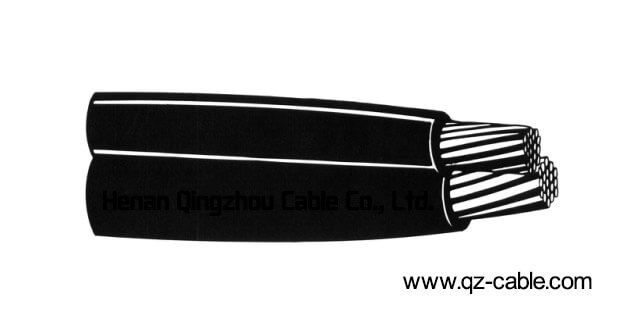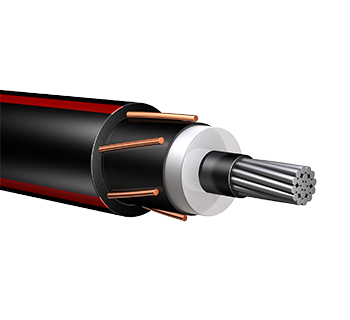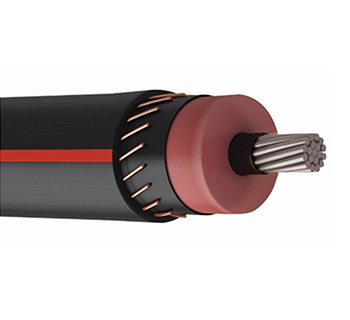Problems of parallel use of low voltage power cables
Multiple low voltage cables shall be used in parallel, and the model, specification and product length of each cable shall be consistent. Otherwise, during the actual parallel connection of cable conductor cores of the same model and different specifications, due to the large difference between conductor resistances, the load current distribution will be seriously uneven, and even the bypass phenomenon of individual cable cores used by parallel connection will occur, resulting in overload and heating of a cable in parallel connection.

Even if the insulated cable cores of the same model and specification are used in parallel, there will be a gap between the actual ampacity of the cable and the given value of theoretical calculation due to the non-standard cable laying mode, resulting in heating after parallel use of the cable.
When parallel power cables are actually laid, appropriate ampacity reduction factor shall be adopted according to the number of cables, spacing between cables and laying environment. When selecting the current carrying reduction coefficient, each current carrying conductor in the parallel conductor shall be counted as a separate current carrying conductor. Therefore, for a group of parallel cables composed of N cables, the reduction coefficient shall be selected according to the parallel laying of N cables, that is, the ampacity reduction coefficient when parallel conductors and single conductors are laid in parallel shall take the same value. It can be seen from the table that the more conductors in parallel, the smaller the value of ampacity reduction coefficient, and the more adverse the impact on the ampacity of parallel cables.
 中文
中文 










